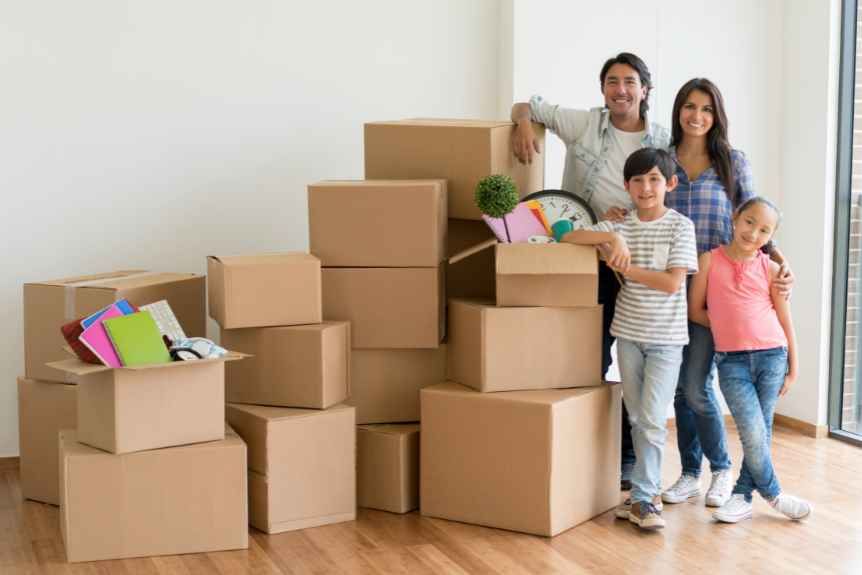The Ultimate Guide to Packing for a Cross-Country Relocation
The Ultimate Guide to Packing for a Cross-Country Relocation
You're uprooting your life and moving cross-country. Daunting, isn't it? Worry not, we've got your back. This guide will help you understand the basics of a big move, identify essential packing supplies, pack efficiently, and handle your valuable possessions. Plus, we'll offer tips on unpacking and settling into your new home. Let's demystify this process and make the transition as smooth as possible. After all, it's not just about the destination but the journey, right?

Understanding the Basics of a Cross-Country Move
You'll need to grasp a few key aspects of a cross-country move before you can start packing. First off, route planning is crucial. You must map out your journey, considering potential traffic, road conditions, and weather. Research alternate routes as a backup. It's not just about getting from point A to B, but also ensuring your belongings arrive safely. That's where moving insurance comes in. It's a safety net, protecting you from financial loss if your items are damaged or lost during the move. Most companies offer various coverage levels, so you'll want to scrutinize these options carefully. Remember, your move's success relies heavily on your preparation. So, plan your route meticulously and secure adequate moving insurance.
Essential Packing Supplies for Long-Distance Relocation
Before you gear up for your long-distance relocation, it's crucial to stock up on essential packing supplies, and this includes sturdy boxes, bubble wrap, packing tape, and markers for labeling. You'll want to protect your belongings, and that's where recycling packing materials comes into play. Reusing boxes and bubble wrap not only saves money, but also helps the environment.
However, do note that some supplies may be more worn than others, making them less reliable. That's why it's important to consider insurance for supplies. This can cover the cost of any items damaged due to subpar packing materials. So, as you prepare for your move, remember: quality packing supplies are vital, and recycling where possible is a smart move.
Step-by-Step Guide to Efficient Packing
Starting with the largest items, your efficient packing process should involve categorizing items, wrapping them securely, and marking each box clearly. These packing techniques aren't just about filling boxes, they're about space optimization. So, let's break it down. First, categorize your items by room or use. It'll save you a ton of trouble unpacking. Next, invest time in wrapping items, especially fragile ones. Bubble wrap, newspaper, or towels can provide protection. Then, clearly mark each box. Use colored markers or stickers to identify what's inside or which room it belongs to. And remember, don't overfill boxes. It's not about cramming as much as you can, but rather about using space smartly. Your back will thank you!
Special Handling: Safeguarding Valuable and Fragile Items
Your grandmother's antique vase needs special handling and it's crucial to use the right packing materials to safeguard such valuable items. Bubble wrap, foam sheets and sturdy boxes are essential. Don't forget to label the boxes as 'fragile'.
Now, let's talk about 'Insurance Options'. It's wise to get your valuables insured before moving. This can provide peace of mind in case of damage or loss.
If you have artwork, 'Artwork Protection' is vital. Specialized art boxes and acid-free paper will help protect your pieces.
Unpacking and Settling Into Your New Home
After a long day of moving, you're finally in your new home, and despite the fatigue, it's time to start unpacking and settling in. Your first task is to assemble your bedroom furniture for a good night's rest. Begin with the essentials and gradually unpack other items over time. Don't rush; it's important to find the perfect spot for everything.
Next, it's time for neighborhood exploration. Take a leisurely walk around; observe the local parks, cafes, and other amenities. It's also a great way to meet your new neighbors. If you need
professional long distance movers give
US Interstate Moving a call today!










